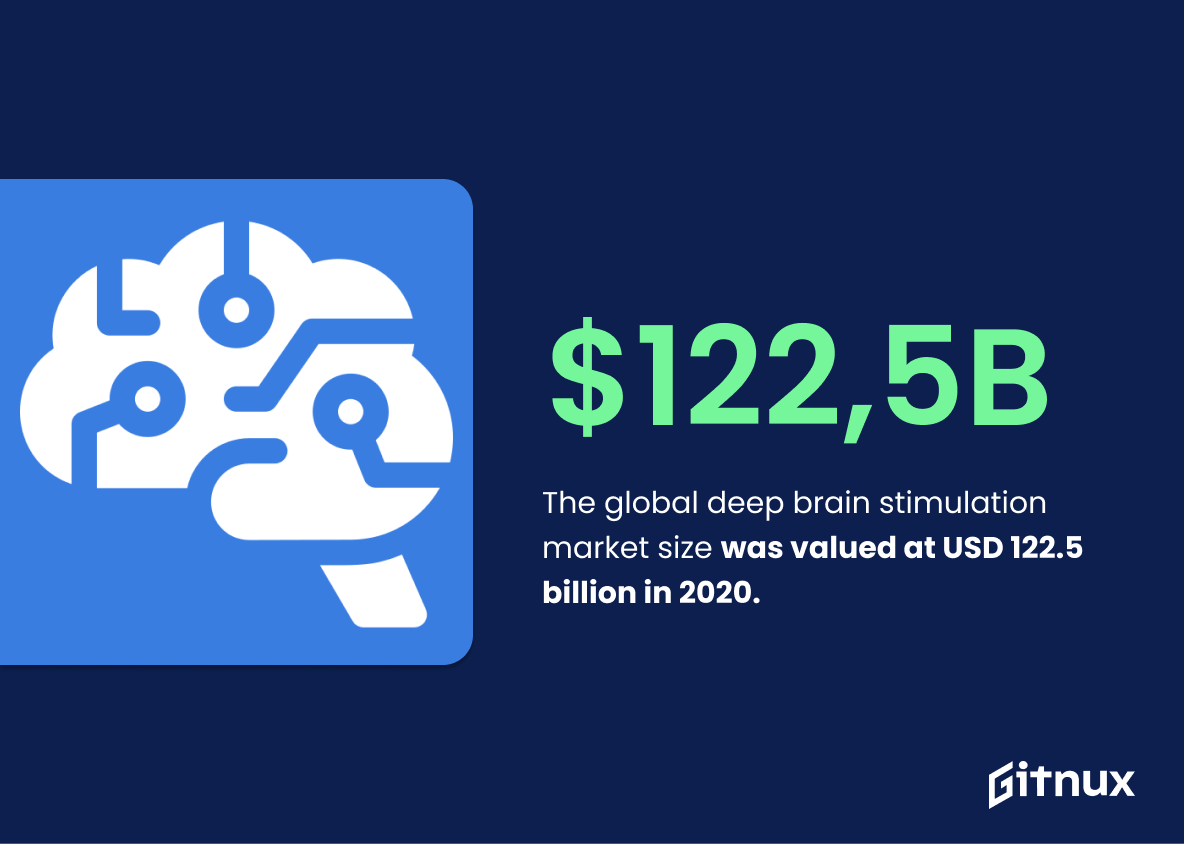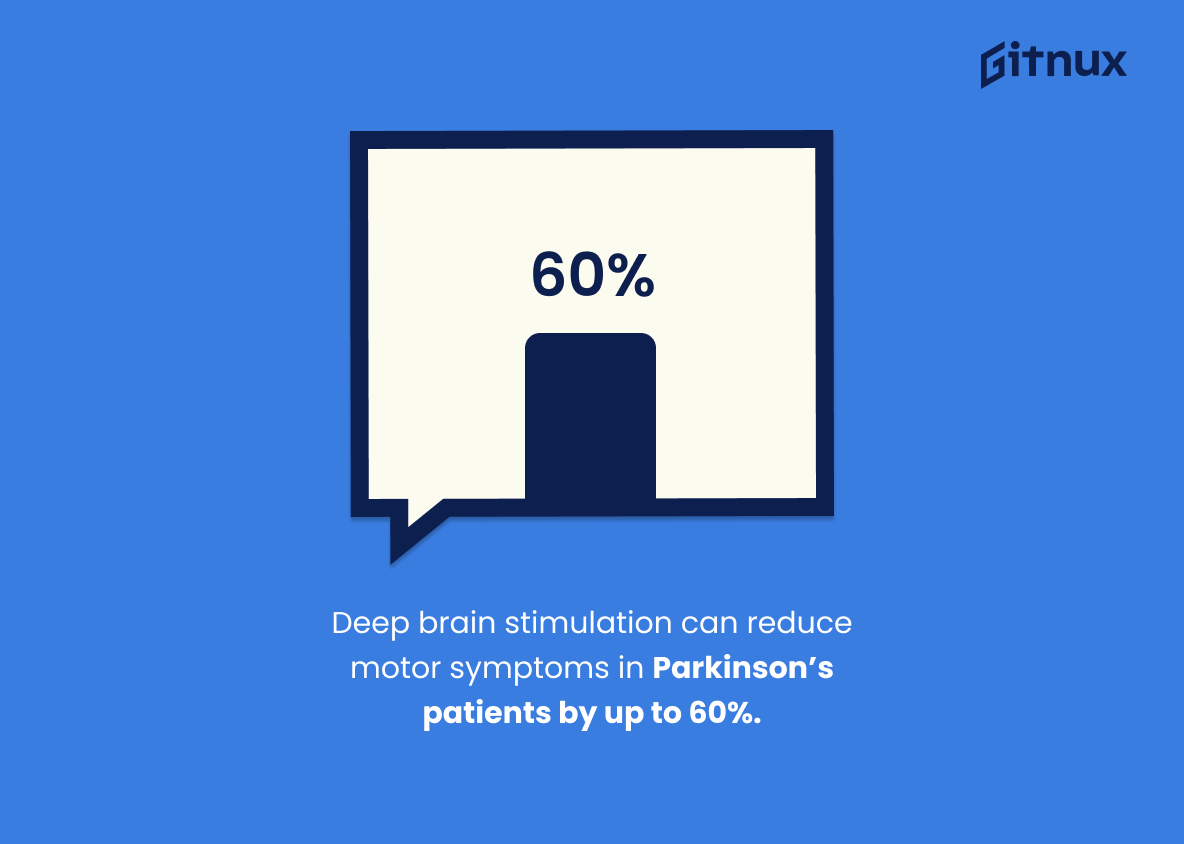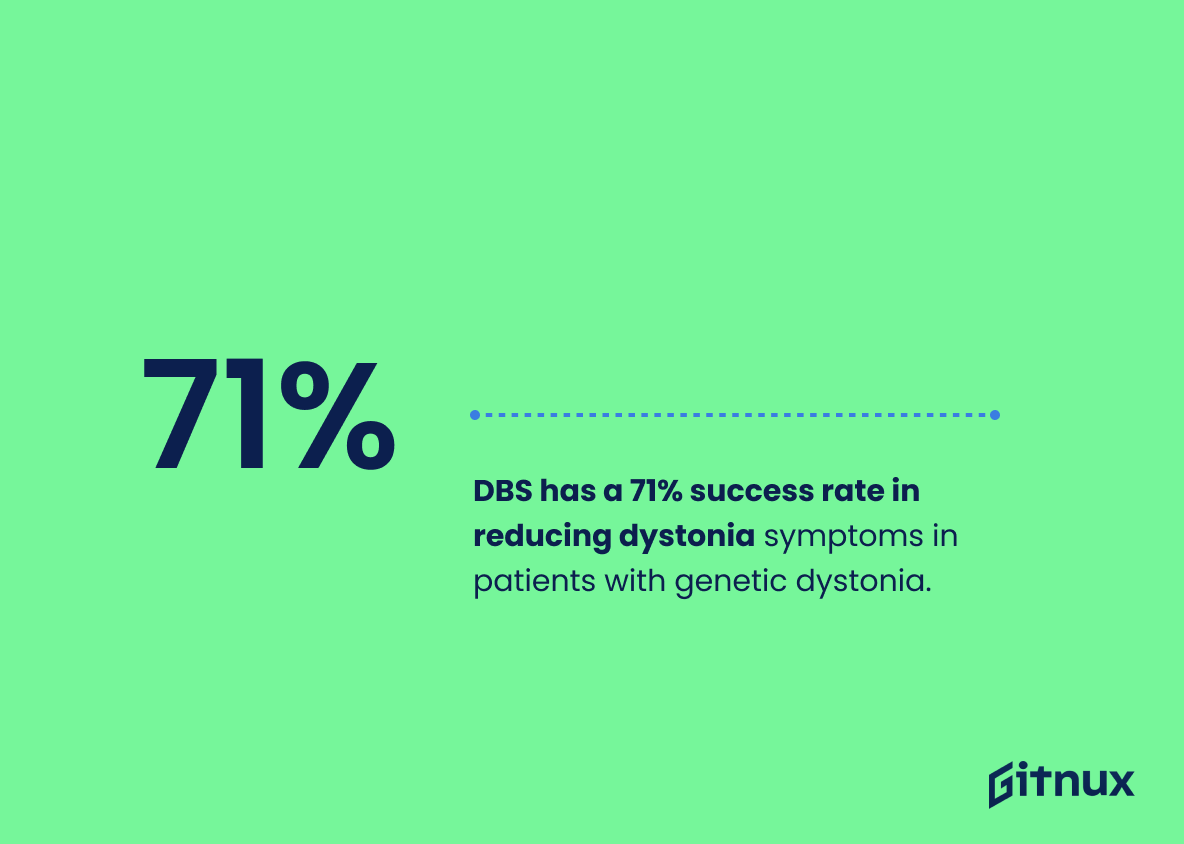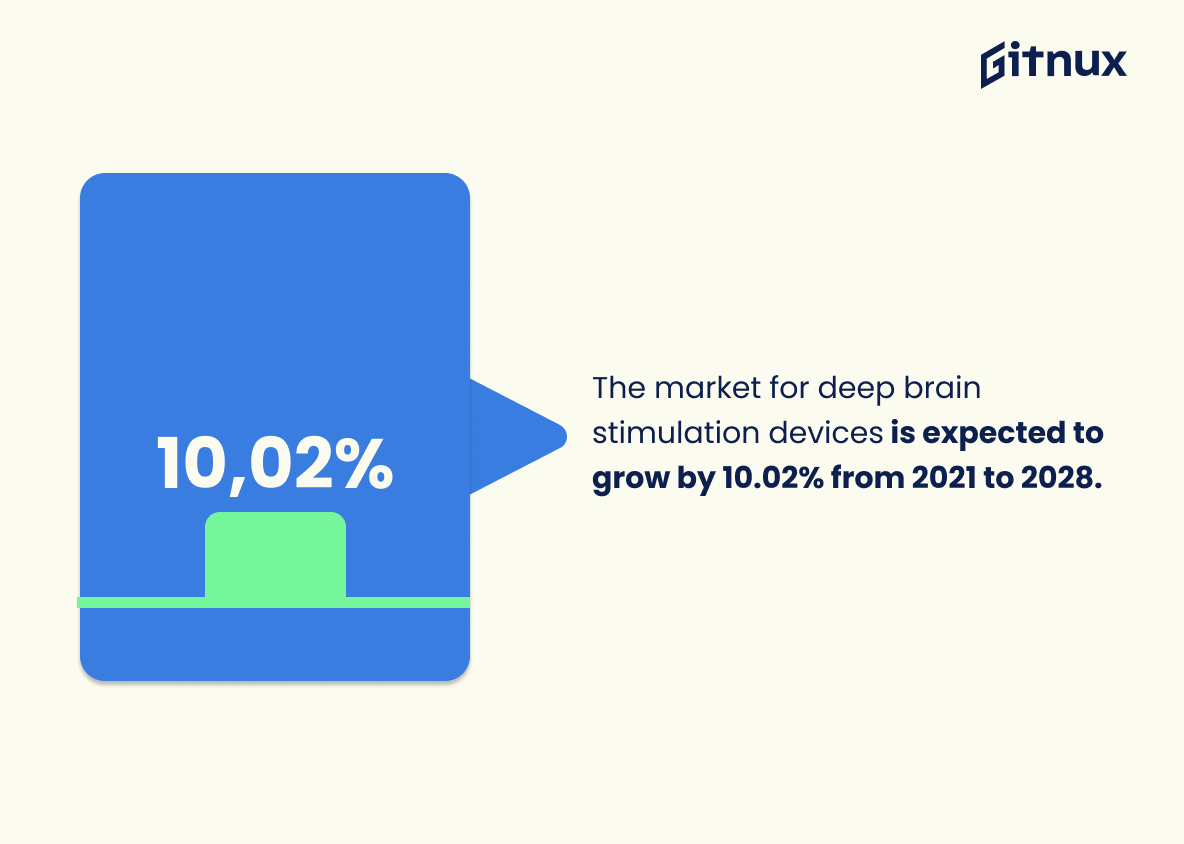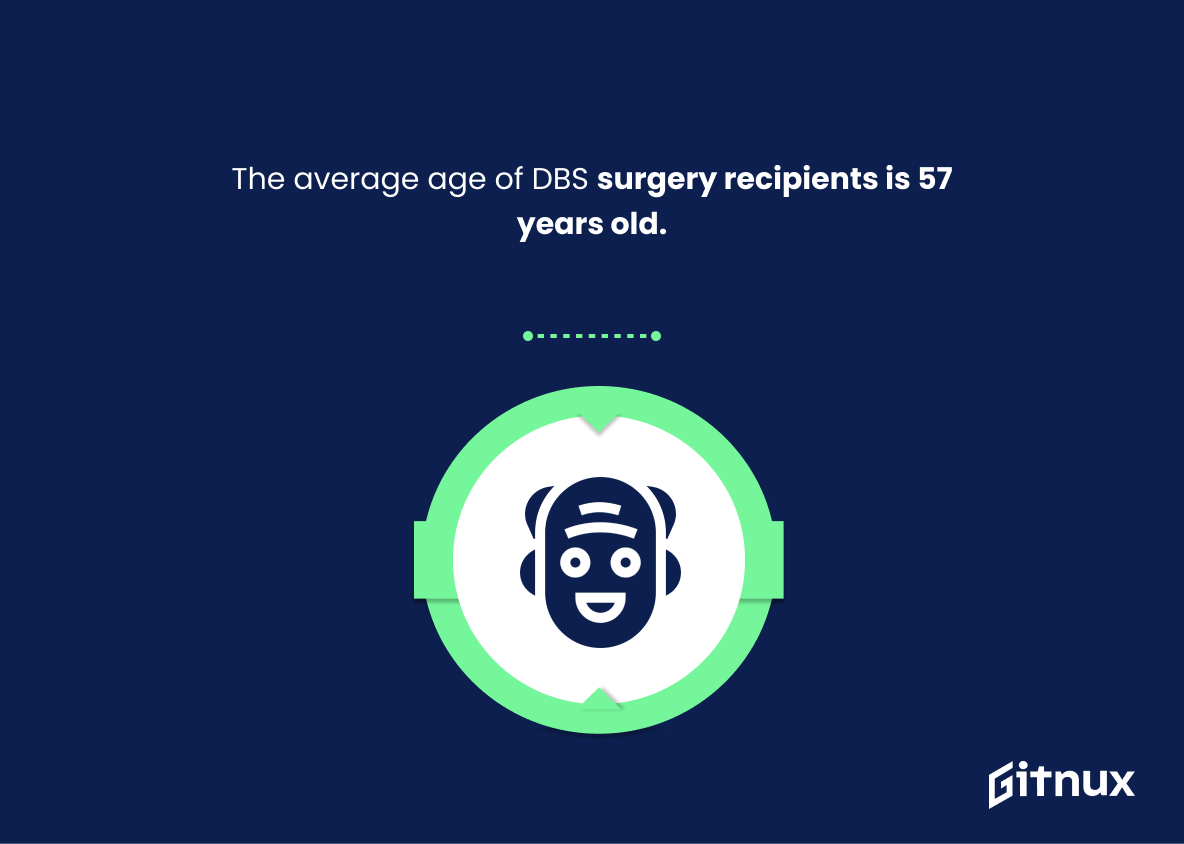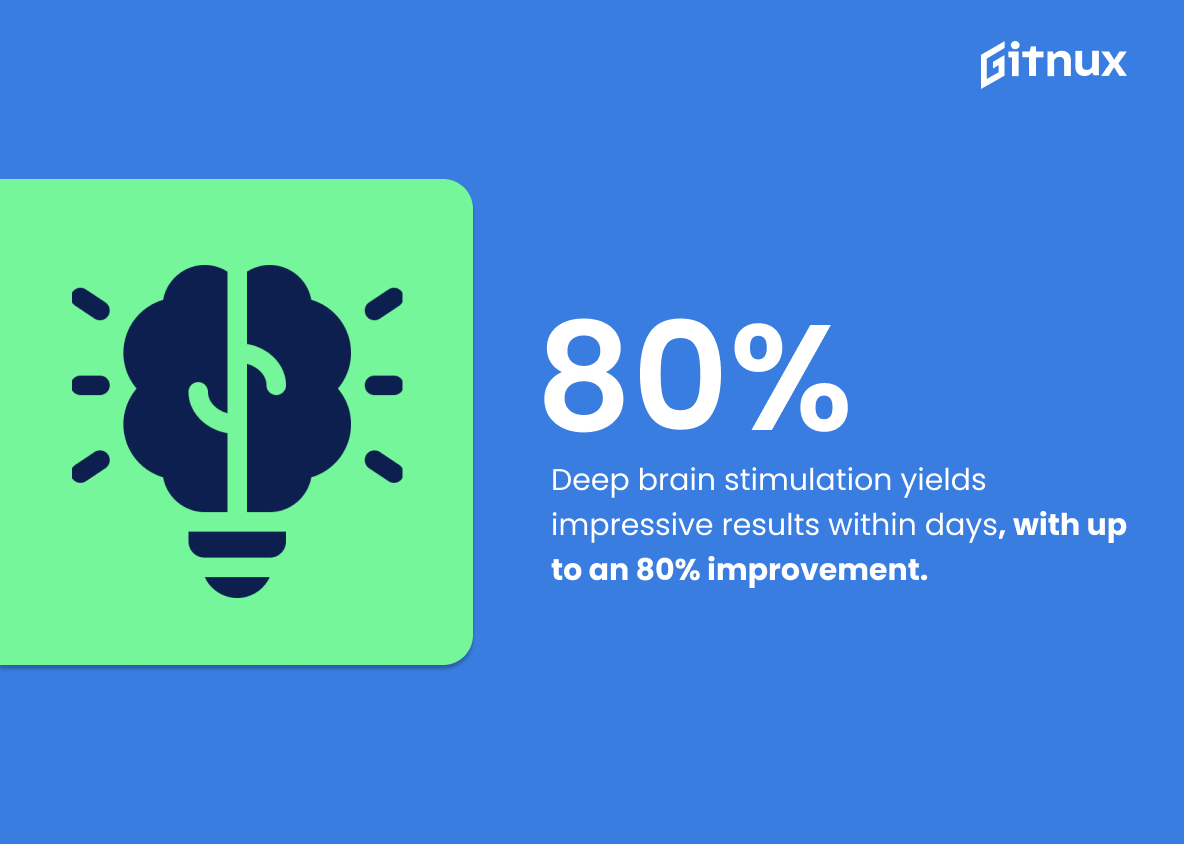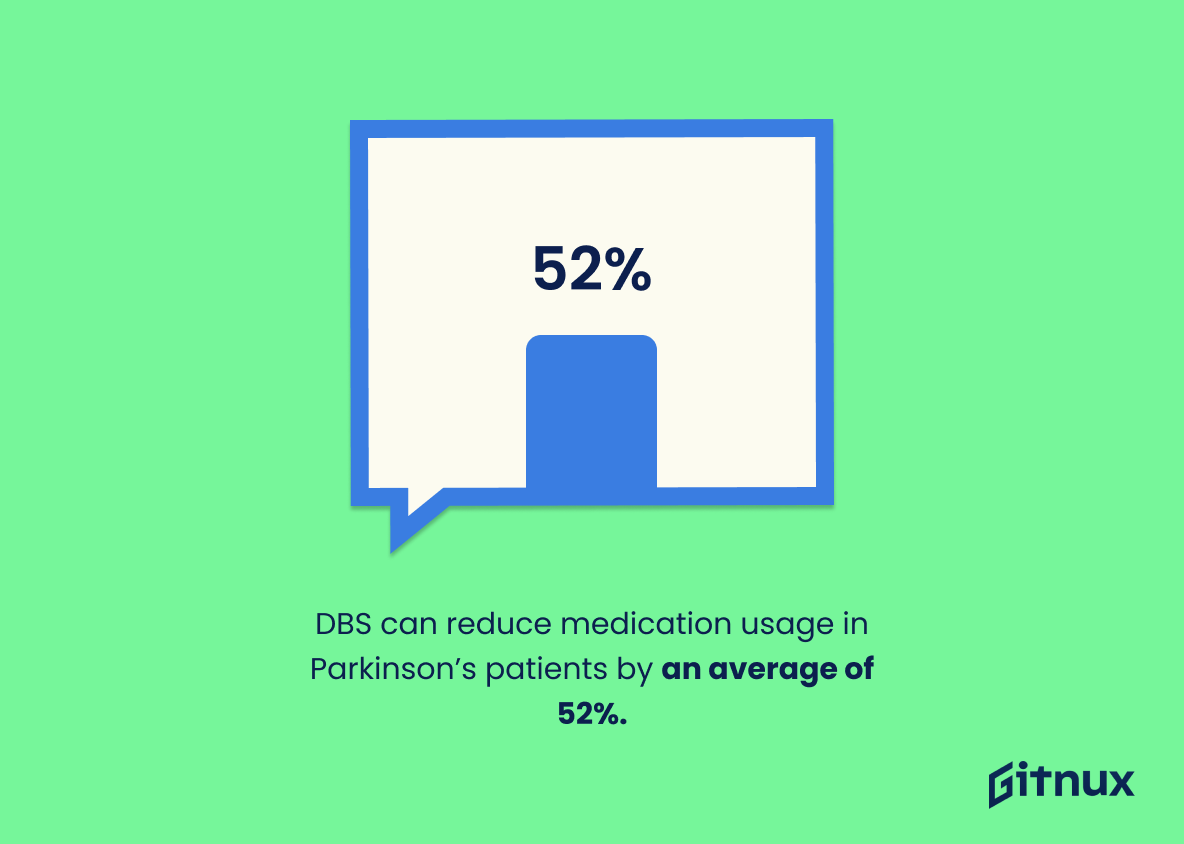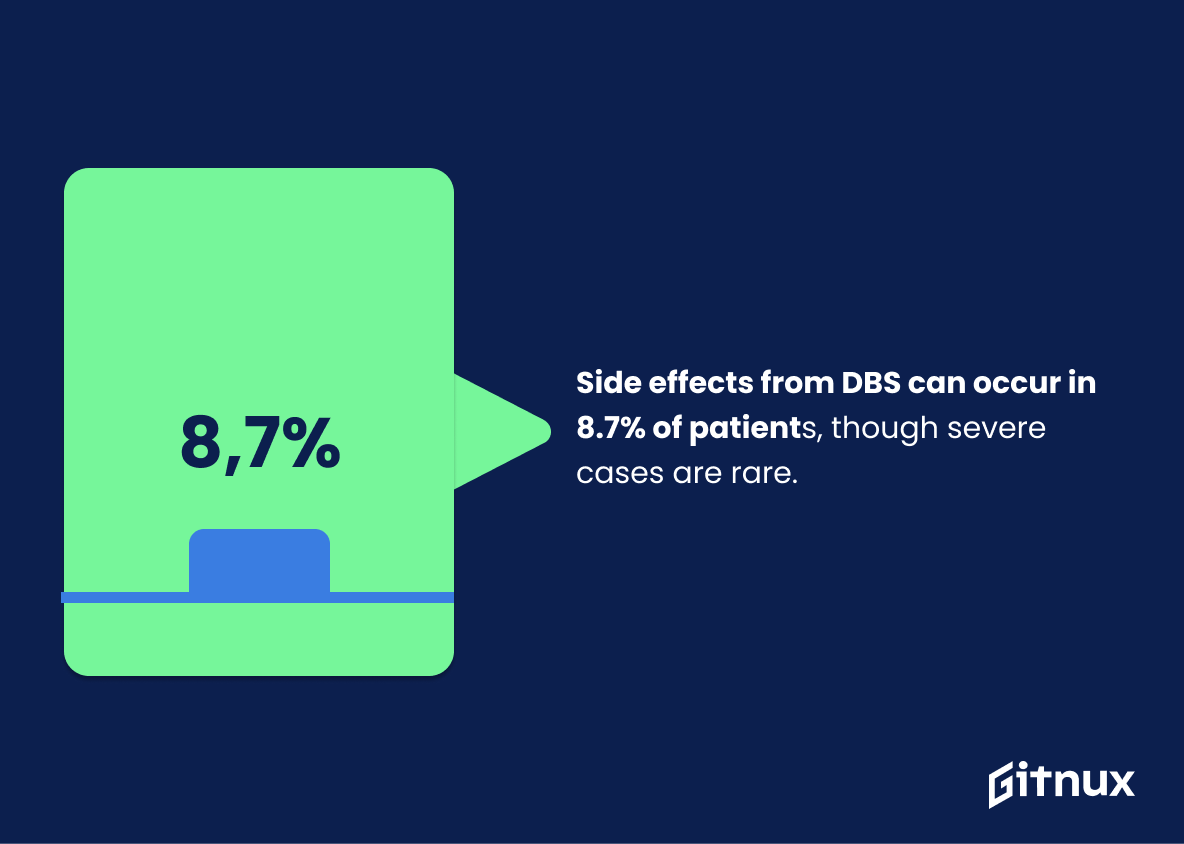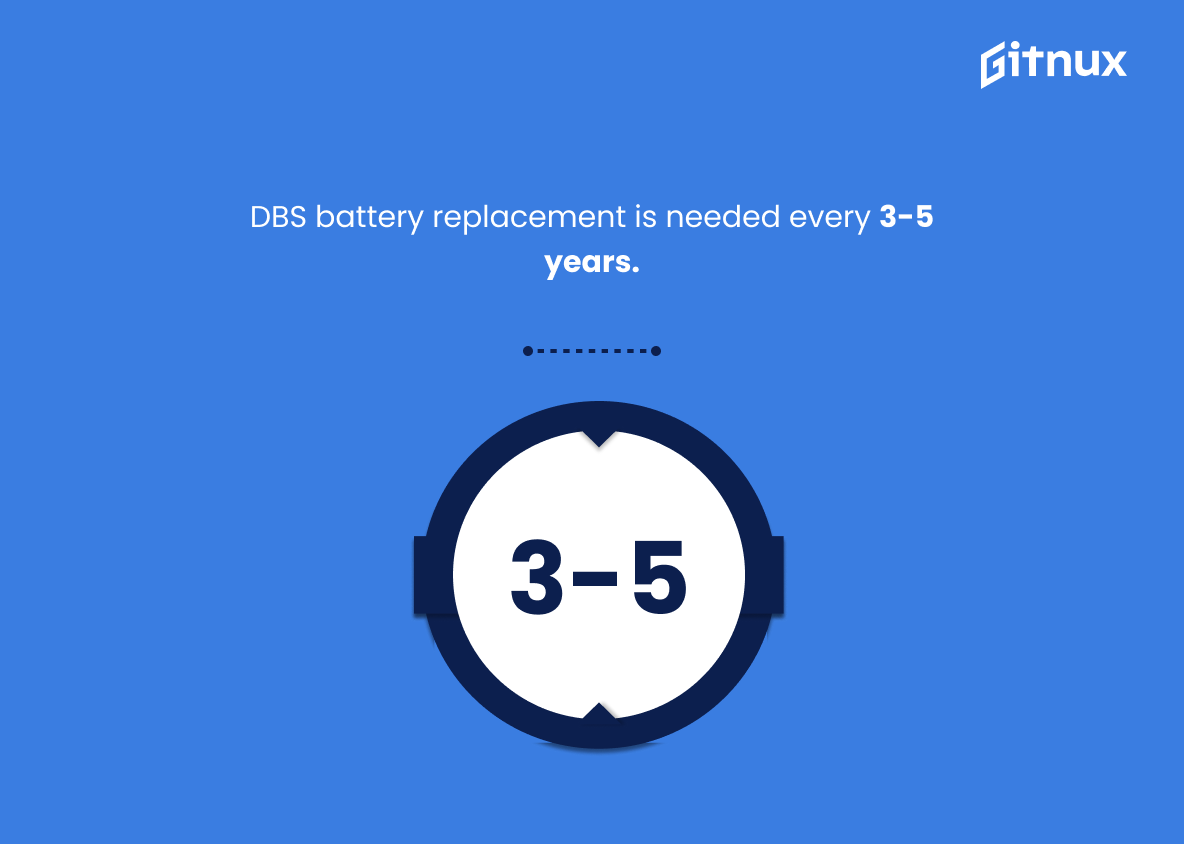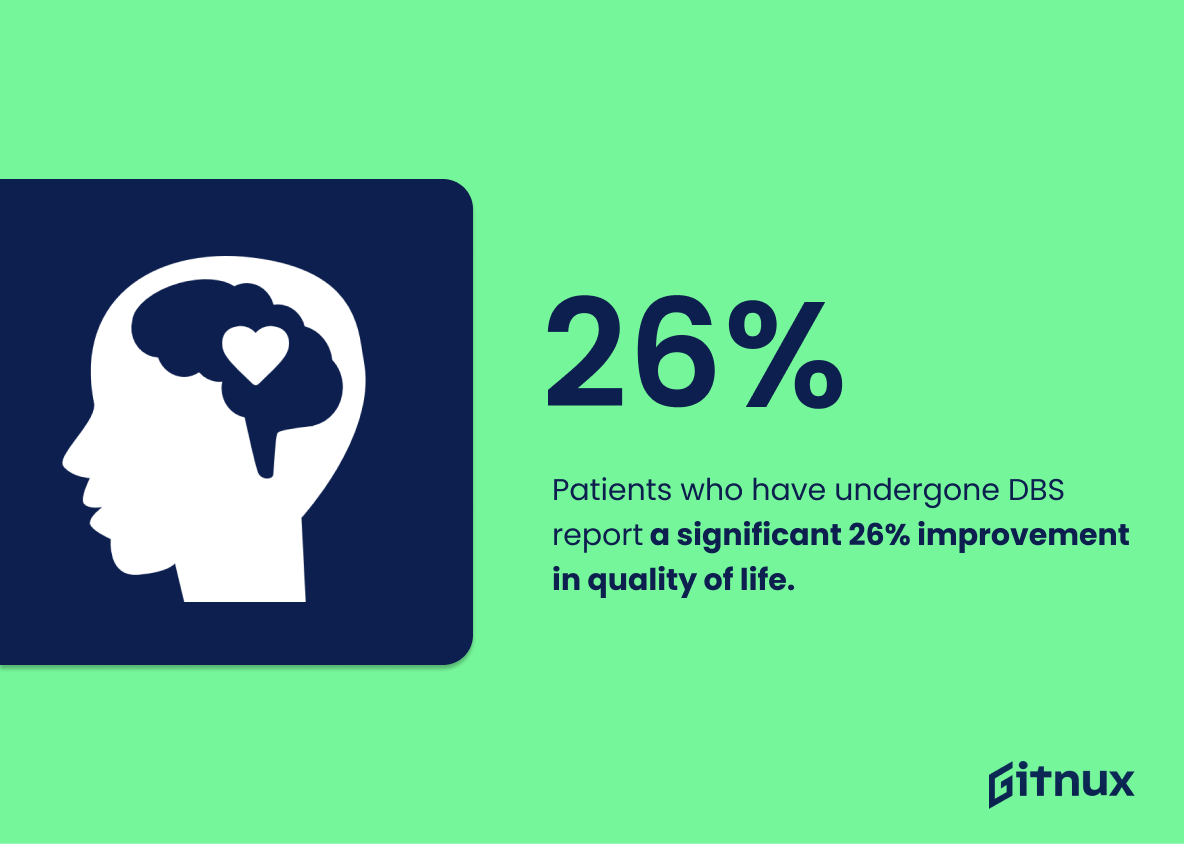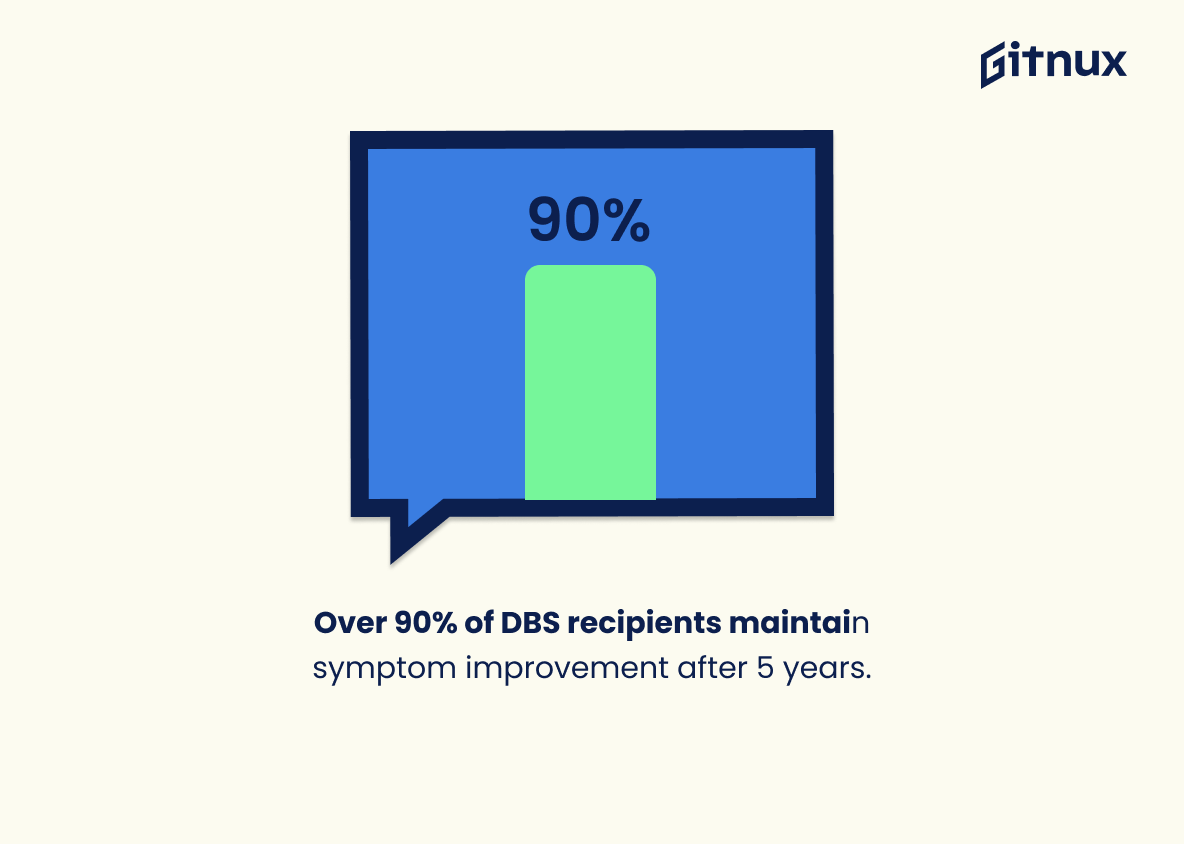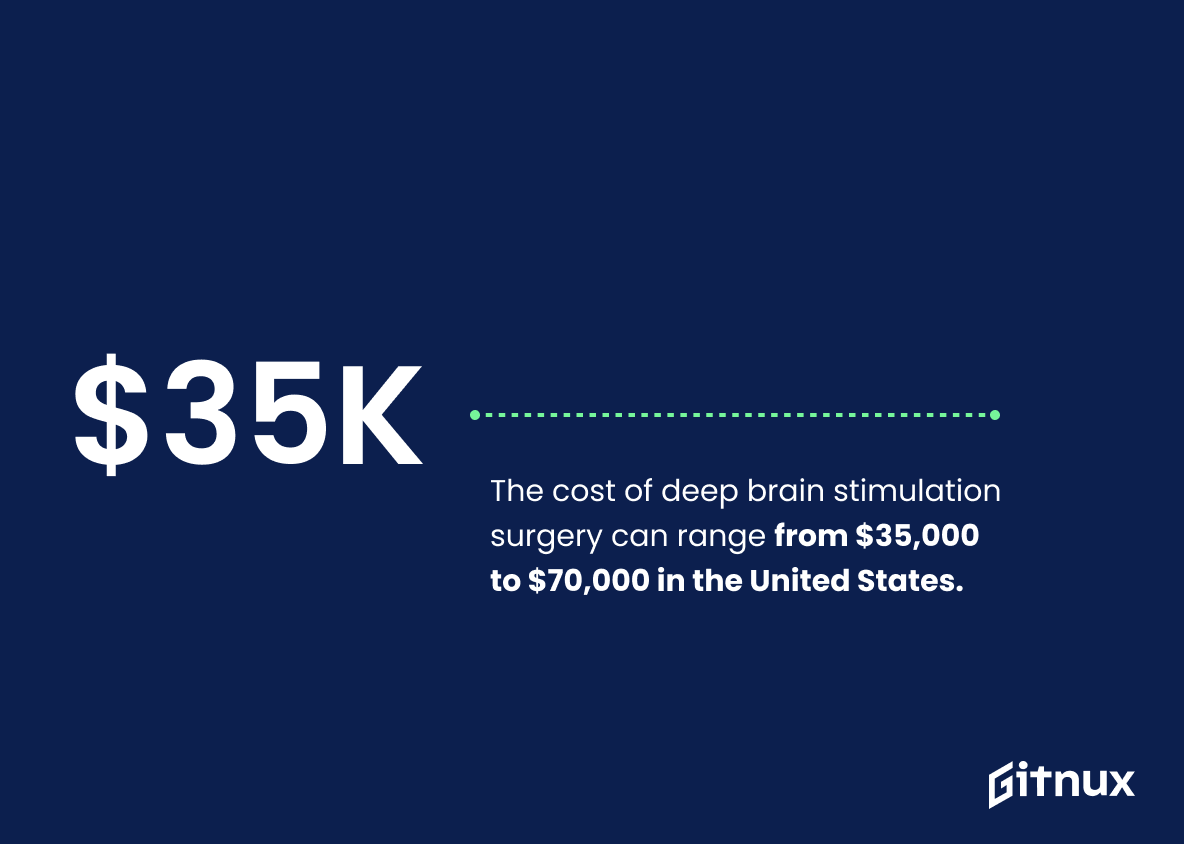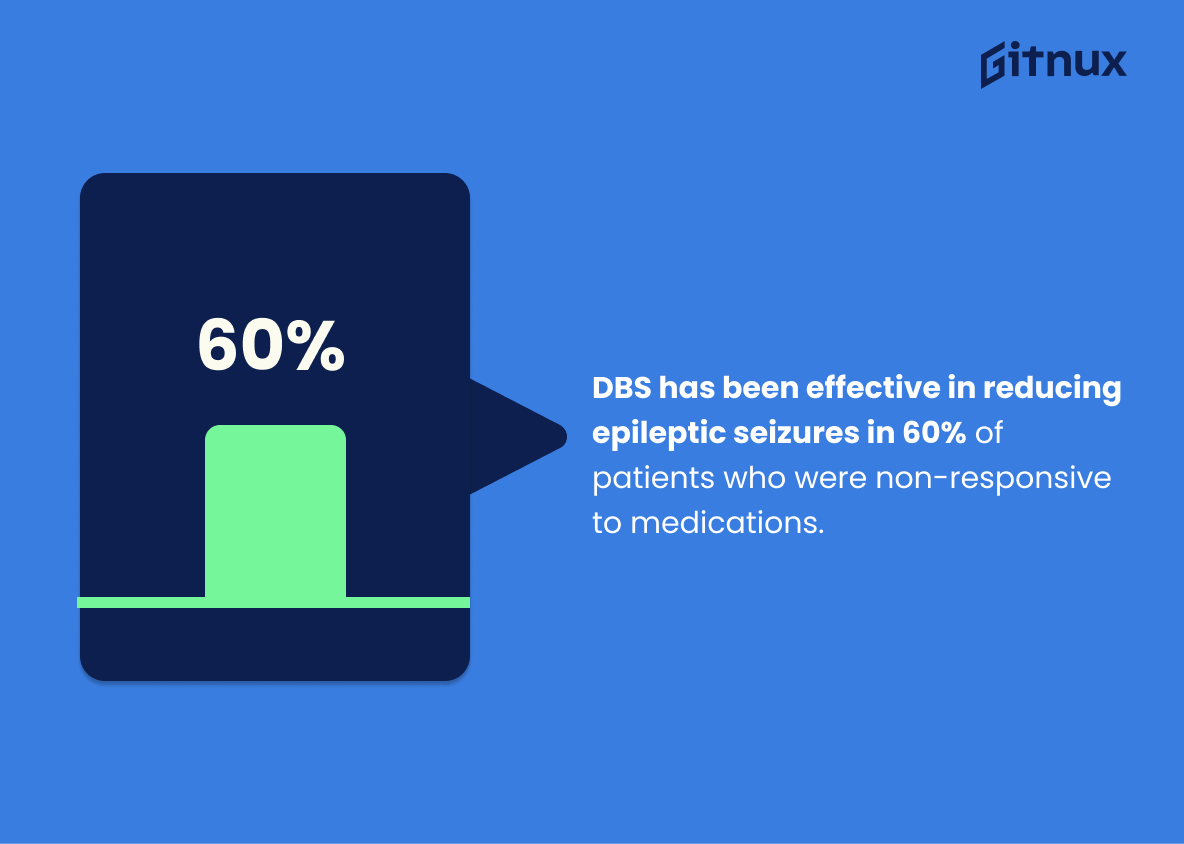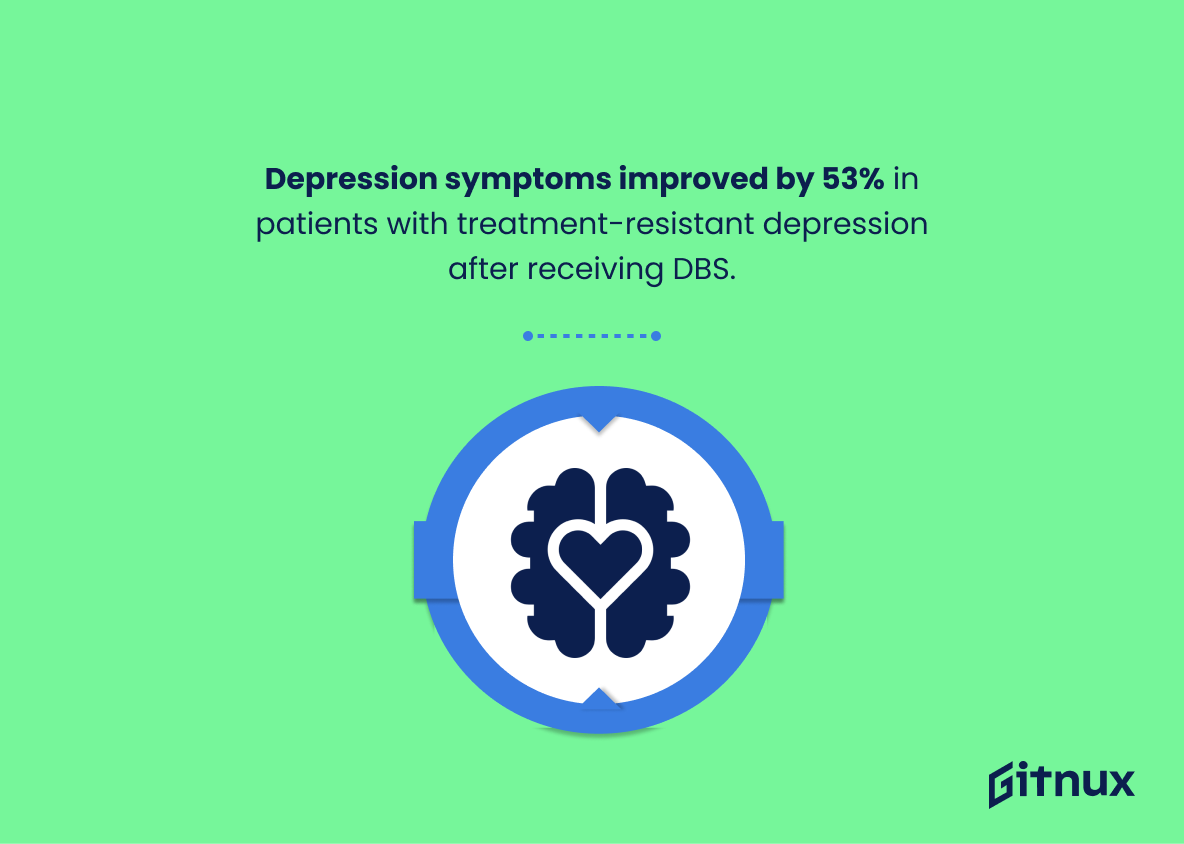Deep brain stimulation (DBS) is a medical procedure used to treat neurological disorders such as Parkinson’s disease, essential tremor, dystonia, obsessive-compulsive disorder and depression. It involves the implantation of electrodes into specific areas of the brain that are responsible for controlling movement or mood. Over 150,000 patients worldwide have undergone DBS surgery with impressive results: approximately 70% show significant improvement in motor function; up to 60% reduction in motor symptoms associated with Parkinson’s Disease; 71% success rate in reducing dystonia symptoms; 80-90% symptom improvement for those suffering from essential tremor; and 53%-83% improvements seen in depression and Alzheimer’s patients respectively.
The global deep brain stimulation market size was valued at USD 122.5 billion in 2020 and is expected to grow at a compound annual growth rate (CAGR) of 10.02%, reaching an estimated value of USD 212 billion by 2028 due largely to its effectiveness as well as increasing awareness about this treatment option among healthcare professionals and consumers alike. The average age of recipients undergoing DBS surgery is 57 years old while side effects occur rarely – 8.7%. Battery replacement may be needed every 3-5 years depending on usage but most importantly 90+ % maintain their improved quality life after 5 years post operation which can cost between $35K-$70K within the United States alone – making it one worth considering if you suffer from any aforementioned conditions.
This statistic is a testament to the widespread success of Deep Brain Stimulation (DBS) as a treatment for a variety of neurological conditions. It speaks to the efficacy of the procedure, as well as its safety and reliability, that it has been used to treat so many patients around the world. This statistic is a powerful reminder of the potential of DBS to improve the lives of those suffering from neurological disorders.
Approximately 70% of patients show significant improvement in motor function after DBS.
This statistic is a testament to the efficacy of Deep Brain Stimulation (DBS) as a treatment for motor function. It demonstrates that the majority of patients who undergo DBS experience a significant improvement in their motor function, making it a viable option for those seeking relief from motor-related issues.
Deep Brain Stimulation Statistics Overview
The global deep brain stimulation market size was valued at USD 122.5 billion in 2020.
This statistic is a testament to the growing popularity of Deep Brain Stimulation (DBS) as a viable treatment option for a variety of neurological conditions. It highlights the fact that DBS is becoming increasingly accepted and sought after by medical professionals and patients alike, as evidenced by the significant market size. This statistic is a clear indication that DBS is becoming a more widely accepted and utilized form of treatment, and is likely to continue to grow in the coming years.
Deep brain stimulation can reduce motor symptoms in Parkinson’s patients by up to 60%.
This statistic is a powerful testament to the efficacy of Deep Brain Stimulation in treating Parkinson’s patients. It demonstrates that this treatment can have a significant impact on reducing motor symptoms, providing hope to those suffering from the condition. This statistic is an important piece of evidence that should be included in any blog post about Deep Brain Stimulation Statistics, as it provides a clear indication of the potential benefits of this treatment.
DBS has a 71% success rate in reducing dystonia symptoms in patients with genetic dystonia.
This statistic is a testament to the efficacy of Deep Brain Stimulation (DBS) in treating genetic dystonia. It demonstrates that DBS is a viable option for those suffering from this condition, with a success rate of 71%. This is an encouraging statistic for those considering DBS as a treatment option, and provides a strong argument for its use.
The market for deep brain stimulation devices is expected to grow at a compound annual growth rate (CAGR) of 10.02% from 2021 to 2028.
This statistic is a testament to the increasing popularity of deep brain stimulation devices, indicating that the market for these devices is expected to expand significantly over the next few years. This is an important piece of information for readers of the blog post, as it provides insight into the potential of the industry and the potential for growth in the near future.
The average age of DBS surgery recipients is 57 years old.
This statistic is significant in the context of a blog post about Deep Brain Stimulation Statistics because it provides insight into the demographic of people who are most likely to benefit from this type of surgery. It also helps to illustrate the potential impact of DBS on the lives of those who are in the age range of 57 and older.
Deep brain stimulation generates impressive results within days, with up to 80% symptom improvement in obsessive-compulsive disorder patients.
This statistic is a powerful testament to the efficacy of Deep Brain Stimulation in treating obsessive-compulsive disorder. It demonstrates that this treatment can produce remarkable results in a short period of time, providing hope to those suffering from this condition. This statistic is an important reminder of the potential of Deep Brain Stimulation to improve the lives of those affected by OCD.
DBS can reduce medication usage in Parkinson’s patients by an average of 52%.
This statistic is a powerful testament to the efficacy of Deep Brain Stimulation in treating Parkinson’s patients. It demonstrates that DBS can be a viable alternative to medication, providing a significant reduction in medication usage. This is an important point to make in a blog post about DBS statistics, as it highlights the potential of this treatment to improve the quality of life of those living with Parkinson’s.
About 80-90% of patients with essential tremor experience significant symptom improvement with DBS.
This statistic is a powerful testament to the efficacy of Deep Brain Stimulation (DBS) in treating essential tremor. It shows that the majority of patients who undergo DBS experience a significant reduction in their symptoms, making it a viable option for those looking for relief from this condition. This statistic is a crucial piece of information for anyone considering DBS as a treatment option, as it provides reassurance that the procedure is likely to be successful.
Side effects from DBS can occur in 8.7% of patients, though severe cases are rare.
This statistic is an important reminder that Deep Brain Stimulation is not without risks. While the majority of patients experience no side effects, it is important to be aware that 8.7% of patients may experience some form of side effect, however mild. This statistic serves to highlight the importance of being informed about the potential risks of DBS before undergoing the procedure.
DBS battery replacement is needed every 3-5 years.
The fact that DBS battery replacement is needed every 3-5 years is an important statistic to consider when discussing Deep Brain Stimulation. This statistic is a reminder that DBS is not a permanent solution, and that patients must be prepared to undergo the procedure again in the future. It also serves as a reminder of the importance of regular check-ups and maintenance to ensure that the device is functioning properly and that the patient is receiving the best possible care.
Patients who have undergone DBS report a significant 26% improvement in quality of life.
This statistic is a powerful testament to the efficacy of Deep Brain Stimulation (DBS) in improving the quality of life for patients. It demonstrates that DBS is an effective treatment option for those suffering from neurological disorders, and that it can have a real, tangible impact on their lives. This statistic is a crucial piece of evidence in the argument for DBS, and should be highlighted in any blog post about the procedure.
DBS has been FDA approved for treatment-resistant obsessive-compulsive disorder since 2009.
The fact that DBS has been FDA approved for treatment-resistant obsessive-compulsive disorder since 2009 is a testament to the efficacy of this technology. It shows that Deep Brain Stimulation is a viable option for those suffering from this disorder, and that it has been proven to be effective in treating it. This is an important statistic to consider when discussing the potential of Deep Brain Stimulation, and it should be highlighted in any blog post about the topic.
Over 90% of DBS recipients maintain symptom improvement after 5 years.
This statistic is a testament to the efficacy of Deep Brain Stimulation (DBS) as a treatment for various neurological conditions. It shows that the majority of patients who receive DBS experience long-term symptom relief, making it a viable option for those seeking a lasting solution to their neurological issues. This statistic is an important piece of evidence that should be included in any discussion of DBS statistics, as it provides a clear indication of the effectiveness of this treatment.
The cost of deep brain stimulation surgery can range from $35,000 to $70,000 in the United States.
This statistic is an important piece of information to consider when discussing Deep Brain Stimulation Statistics, as it provides insight into the financial burden of the procedure. It is essential to understand the cost of the surgery in order to accurately assess the accessibility of the treatment and the potential impact it could have on individuals and families.
DBS has been effective in reducing epileptic seizures in 60% of patients who were non-responsive to medications.
This statistic is a testament to the efficacy of Deep Brain Stimulation (DBS) in treating epilepsy. It demonstrates that DBS can be a viable option for those who have not responded to traditional medications, providing a much-needed alternative for those suffering from this condition. This statistic is a powerful reminder of the potential of DBS to improve the lives of those living with epilepsy.
Depression symptoms improved by 53% in patients with treatment-resistant depression after receiving DBS.
This statistic is a powerful testament to the efficacy of Deep Brain Stimulation in treating treatment-resistant depression. It shows that DBS can be a viable option for those who have not found relief through traditional treatments, providing a glimmer of hope for those struggling with depression.
In a 2017 study, 83% of Alzheimer’s patients receiving DBS showed improved brain metabolism over a 1-year period.
This statistic is a powerful testament to the efficacy of Deep Brain Stimulation (DBS) in treating Alzheimer’s patients. It demonstrates that DBS can have a significant and lasting impact on brain metabolism, providing hope to those suffering from the disease. This statistic is an important reminder of the potential of DBS to improve the lives of those affected by Alzheimer’s.
The incidence of surgical site infection during the implantation of DBS systems is estimated to range between 2.7% and 10%.
This statistic is of utmost importance when it comes to Deep Brain Stimulation, as it provides insight into the potential risks associated with the procedure. Knowing the estimated range of surgical site infection can help patients make an informed decision about whether or not to undergo the procedure, and can also help medical professionals take the necessary precautions to reduce the risk of infection.
Conclusion
Deep brain stimulation (DBS) has been used to treat a variety of neurological conditions, including Parkinson’s disease, essential tremor, dystonia and obsessive-compulsive disorder. Over 150,000 patients have undergone DBS worldwide with an average age of 57 years old. Studies show that 70% of patients experience significant improvement in motor function after the procedure while up to 80-90% report symptom relief from essential tremor or OCD symptoms. The global deep brain stimulation market size was valued at USD 122.5 billion in 2020 and is expected to grow at a compound annual growth rate (CAGR) of 10.02%.
The benefits associated with DBS are impressive; it can reduce motor symptoms by up to 60%, reduce medication usage by 52%, improve quality of life by 26%, and even help alleviate epileptic seizures for those who were nonresponsive to medications – all within days or weeks following surgery. However, there are risks involved as well: side effects occur in 8.7% cases on average while surgical site infection ranges between 2.7%-10%. Additionally, battery replacement may be necessary every 3-5 years which could incur additional costs ranging from $35k-$70k depending on location and insurance coverage status .
Overall Deep Brain Stimulation offers promising results for many neurological disorders but should not be taken lightly due its potential risks and high cost implications if uninsured/underinsured.. It is important that individuals considering this treatment option consult their doctor first before making any decisions about undergoing the procedure
References
0. – https://www.www.hopkinsmedicine.org
1. – https://www.www.health.harvard.edu
2. – https://www.parkinsonsdisease.net
3. – https://www.www.mayoclinic.org
4. – https://www.www.grandviewresearch.com
5. – https://www.pubmed.ncbi.nlm.nih.gov
6. – https://www.www.reportsanddata.com
7. – https://www.www.lybrate.com
8. – https://www.med.nyu.edu
9. – https://www.www.parkinson.org
10. – https://www.www.ncbi.nlm.nih.gov
11. – https://www.www.jneuropsychiatry.org
